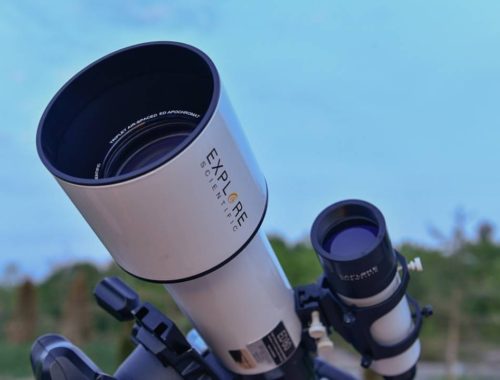TRACKING THE SKY
For the last 3 years, my lightweight portable tracker consisted of an iOptron SkyTracker. It was my primary photography tool through the winters when hauling my scope outside wasn’t always feasible, and through the summer served me well for long exposure Milky Way photography and time lapse sequences.
But while this fine little tracker served me well and provided me with some really great shots of the sky, it left me disappointed about a month back when without warning, it decided to give up the ghost on me as chronicled in this blog post. [EDIT: it has since been repaired] Winter is rapidly approaching and I needed to get a replacement stat! Enter the Sky-Watcher Star Adventurer! Continue reading “Review: Sky-Watcher Star Adventurer”



